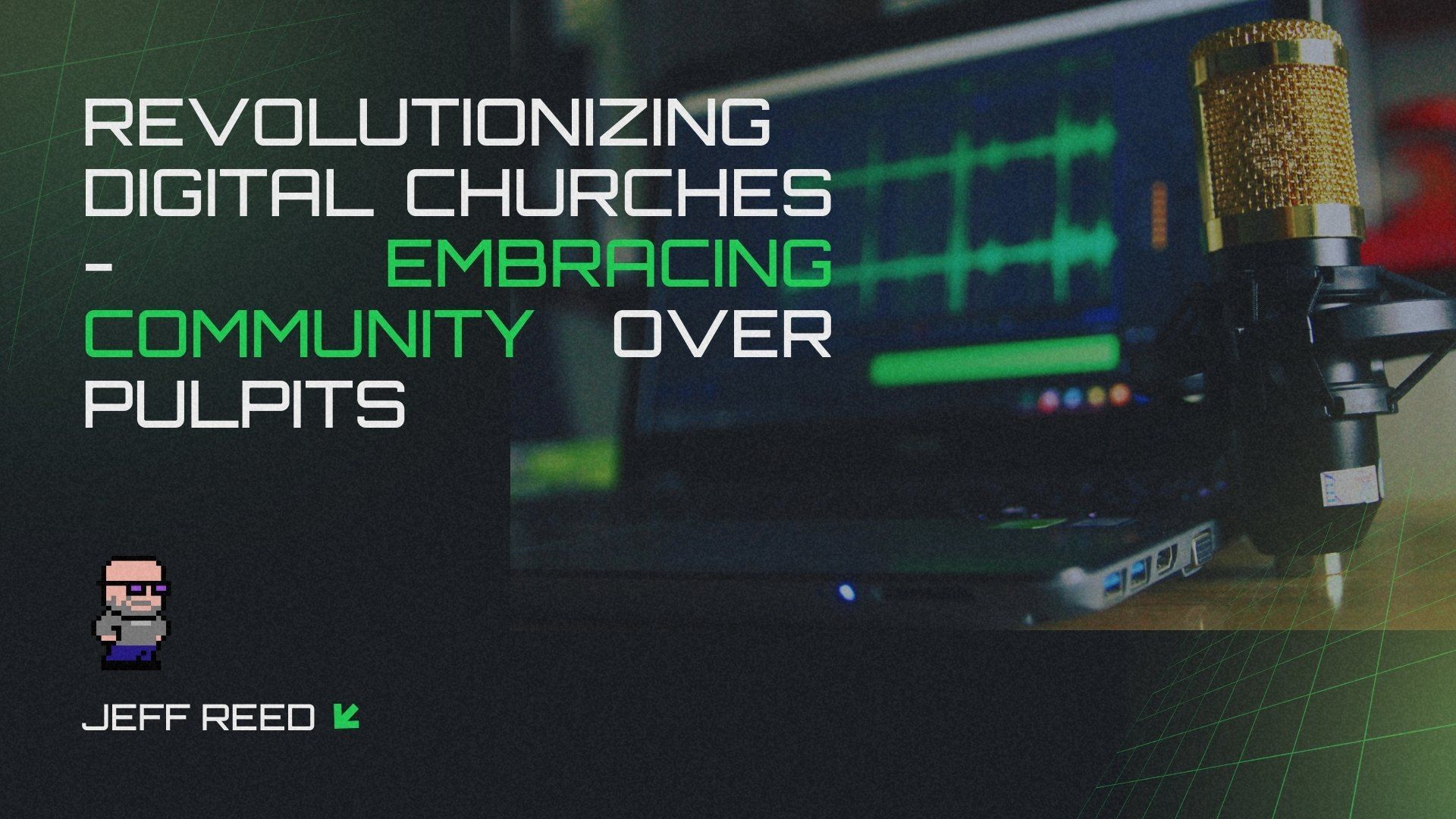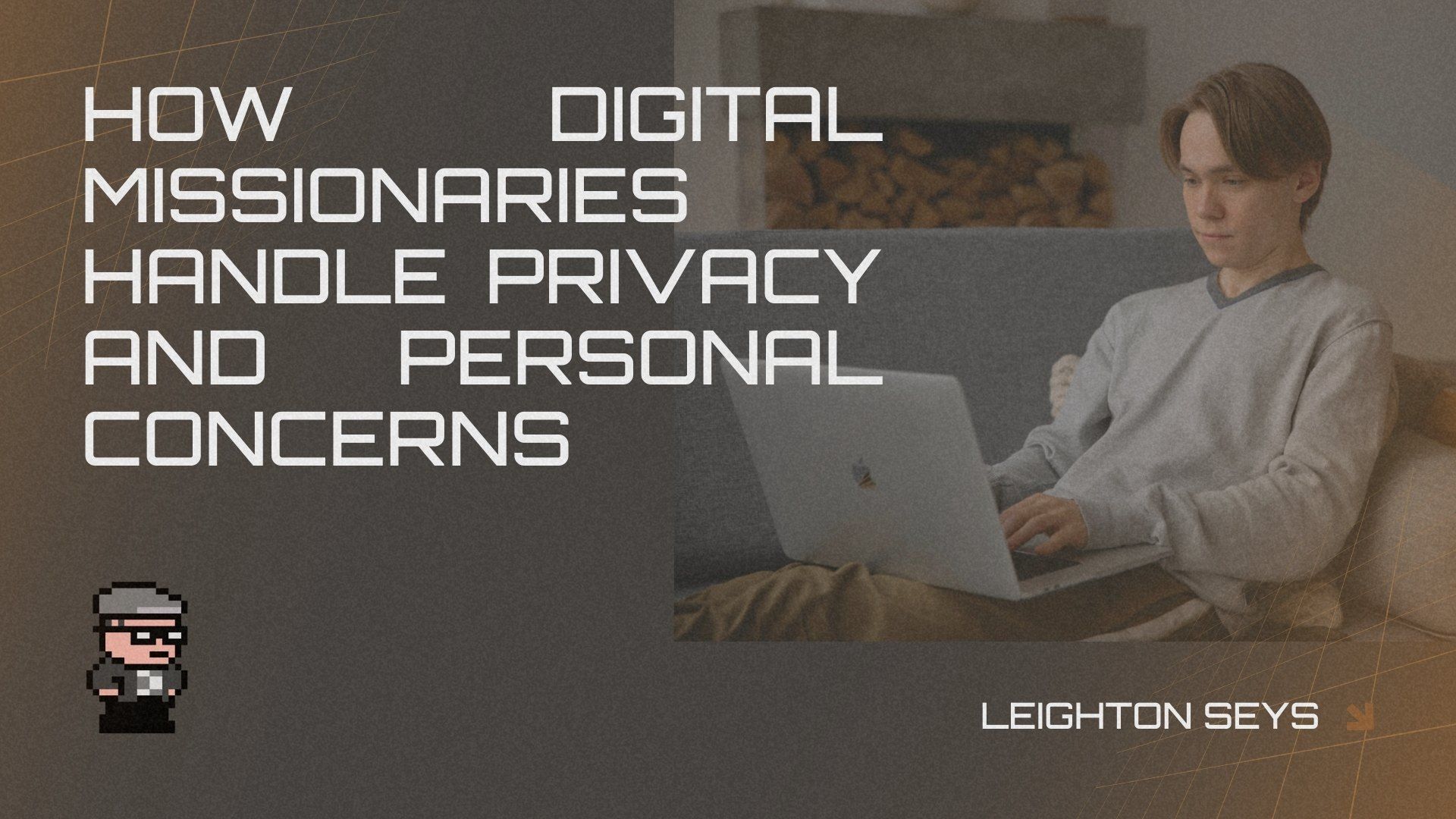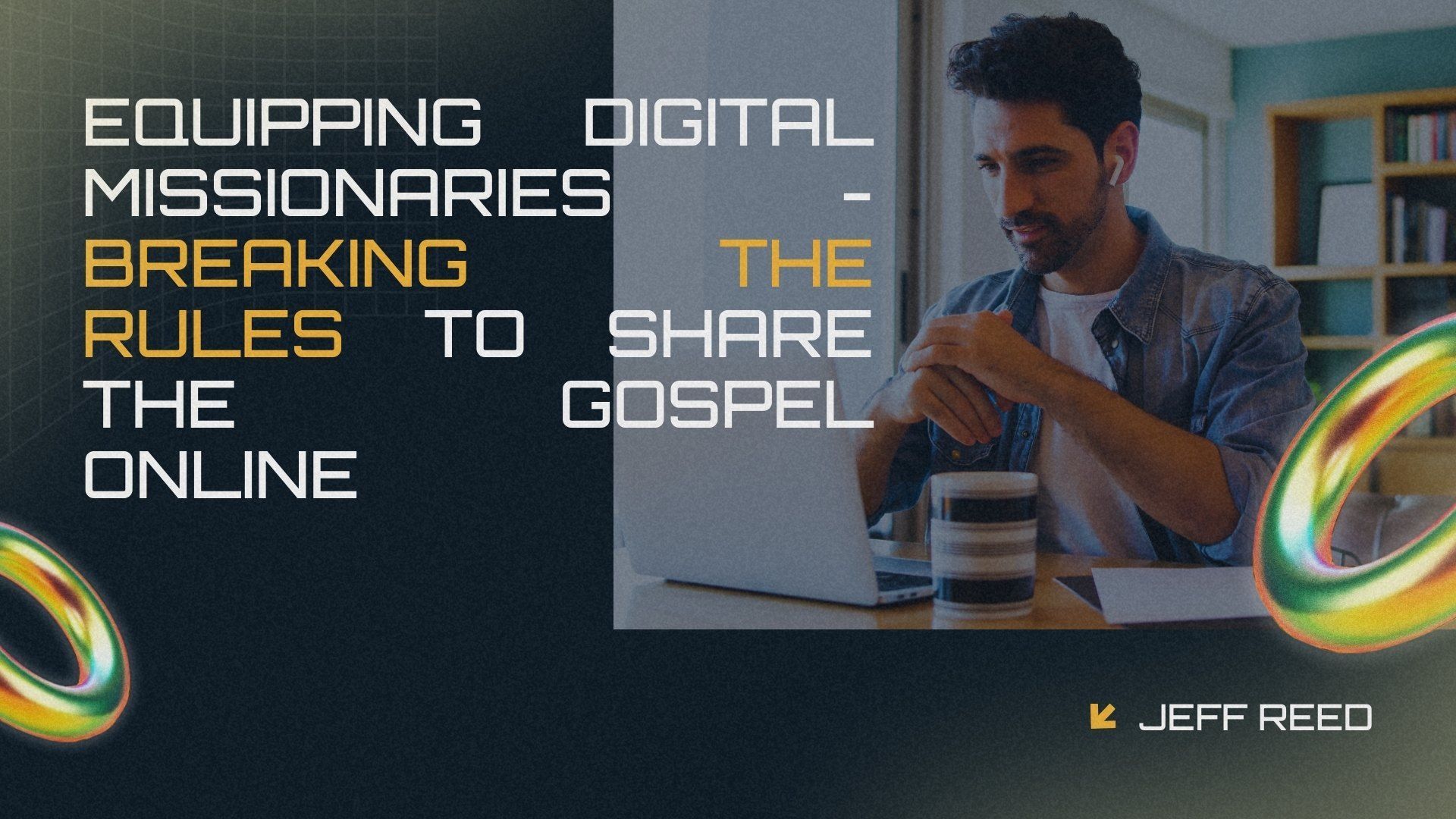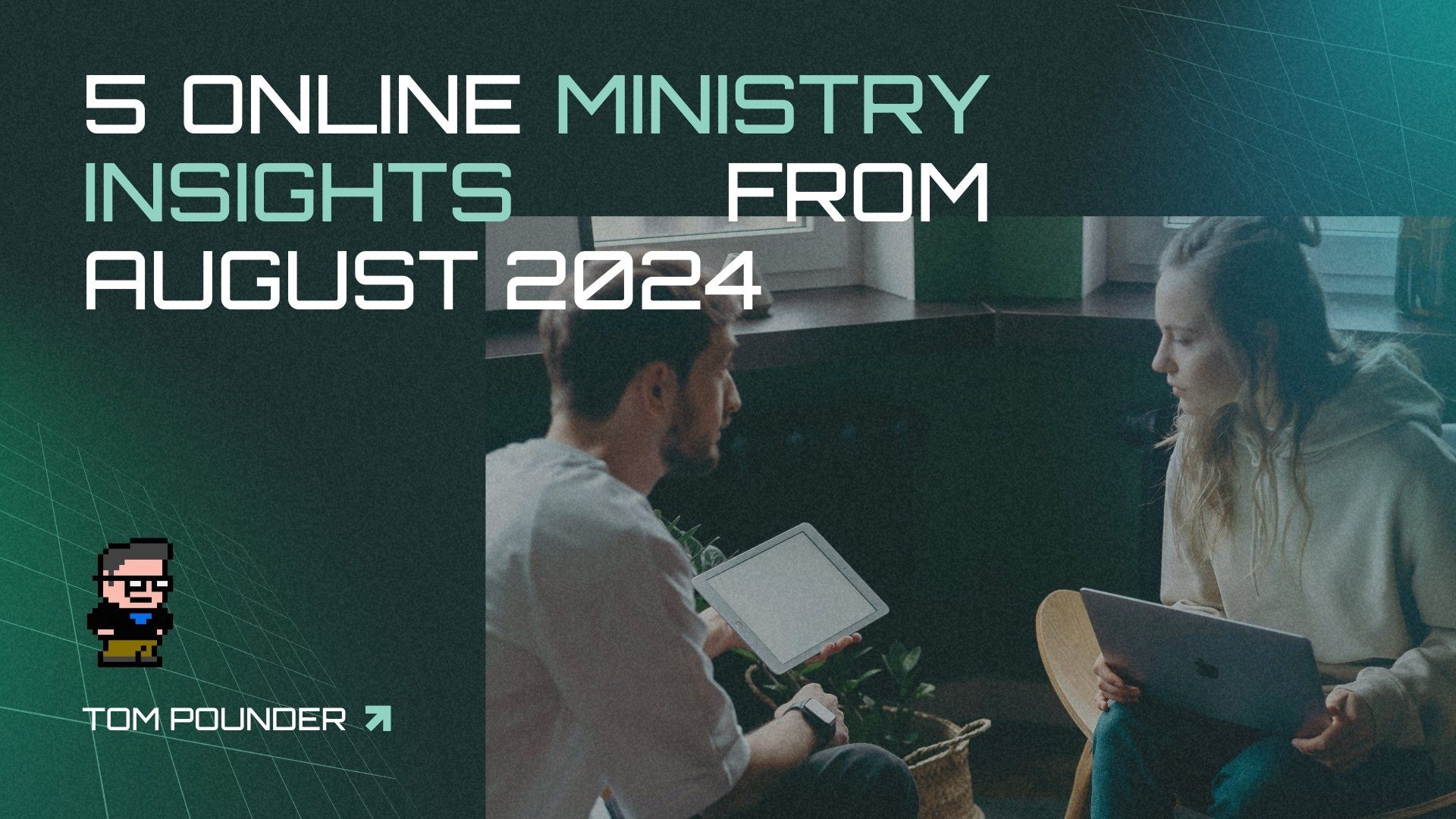theChurch.digital // the blog

2025 is set to be a groundbreaking year for theChurch.digital as we focus on equipping and mobilizing digital missionaries worldwide. From innovative training formats and community expansion to global partnerships and gospel-centered initiatives, we're creating new ways to connect, empower and support digital missions. With a bold vision for prayer, discipleship and a lot more gospel conversations, this year promises to redefine how we share Jesus in digital spaces.

The church is at a crossroads, facing the need to move beyond traditional, pulpit-focused models and embrace digital ministry as a catalyst for transformation. Digital platforms provide opportunities to foster authentic relationships, empower individuals and reach those beyond physical walls, making the mission of Jesus accessible to a world in need of connection and hope.

Explore how digital missions are transforming outreach by meeting people where they are online. From creating vibrant faith communities to fostering genuine connections on digital platforms, this offer endless opportunities for spiritual growth and connection. Discover how innovative approaches are reshaping evangelism for today’s online world.

In the evolving landscape of digital ministry, safeguarding privacy is key to building trust. By respecting boundaries, leveraging technology, and navigating platform nuances, digital missionaries create safe spaces for meaningful conversations. These efforts foster genuine relationships and empower discipleship in digital spaces.

In a world increasingly shaped by technology, the potential for digital ministry is vast. From leveraging familiar tools to overcoming tech hesitations, the focus is on building authentic connections. Digital spaces offer unique opportunities for sharing faith and fostering meaningful relationships across any distance.

Digital discipleship redefines faith engagement for today’s digital landscape, leveraging technology to foster community, generosity, and deeper relationships online. Through digital missionaries and innovative practices, churches can expand their reach, connect with believers, and develop a clear discipleship pathway that meets people where they actually are.

Digital missionaries are redefining missions outreach by using technology to engage in disciple-making across online platforms. As digital spaces become mission fields, anyone can fulfill a calling without leaving their community. Through mentorship and intentional outreach, these pioneers build impactful connections that extend beyond traditional church walls.

Privacy should be a non-negotiable in digital ministry. As faith move online, digital leaders must create spaces where personal stories stay safe. This isn’t about tech alone—it's about trust. By setting clear boundaries, asking permission, and leading vigilantly, we make room for real connection and digital discipleship.

Social media connects people globally but misses the depth needed for true communities, which thrive on two-way conversations and relational engagement—better achieved through digital communities like Discord or Slack. These platforms foster dialogue, empowerment, and nuanced relationships built on trust. Transitioning followers to these dynamic digital communities leverages social media's reach, creating spaces where authentic interactions can truly flourish.

Digital missionaries use online platforms like WhatsApp, TikTok, and YouTube to share the Gospel with those who may be distant from traditional church settings. As trust in church buildings and pastors declines, many now turn to digital tools for spiritual guidance. Platforms like theChurch.digital support these missionaries by validating, equipping, and mobilizing them for their unique digital ministry, helping them connect with people globally and multiply their efforts for Christ’s Kingdom.

theChurch.digital is evolving into a digital mission-sending agency, equipping everyday people to become digital missionaries in their unique online contexts. With the concept of Platforms as Places, the organization views platforms like TikTok and YouTube as mission fields and will train digital missionaries through a new 13-week course launching in 2025. Outposts will further support and empower these missionaries, fostering encouragement, exploration, experimentation, and collaboration across digital spaces.

Looking to take your ministry to the next level? Check out a few practical steps to help you connect with others, learn new strategies, and grow your impact online. Whether you're looking for tips, support, or fresh ideas, you'll find everything you need to make your ministry more effective and reach more people. Perfect for anyone eager to make a difference!












